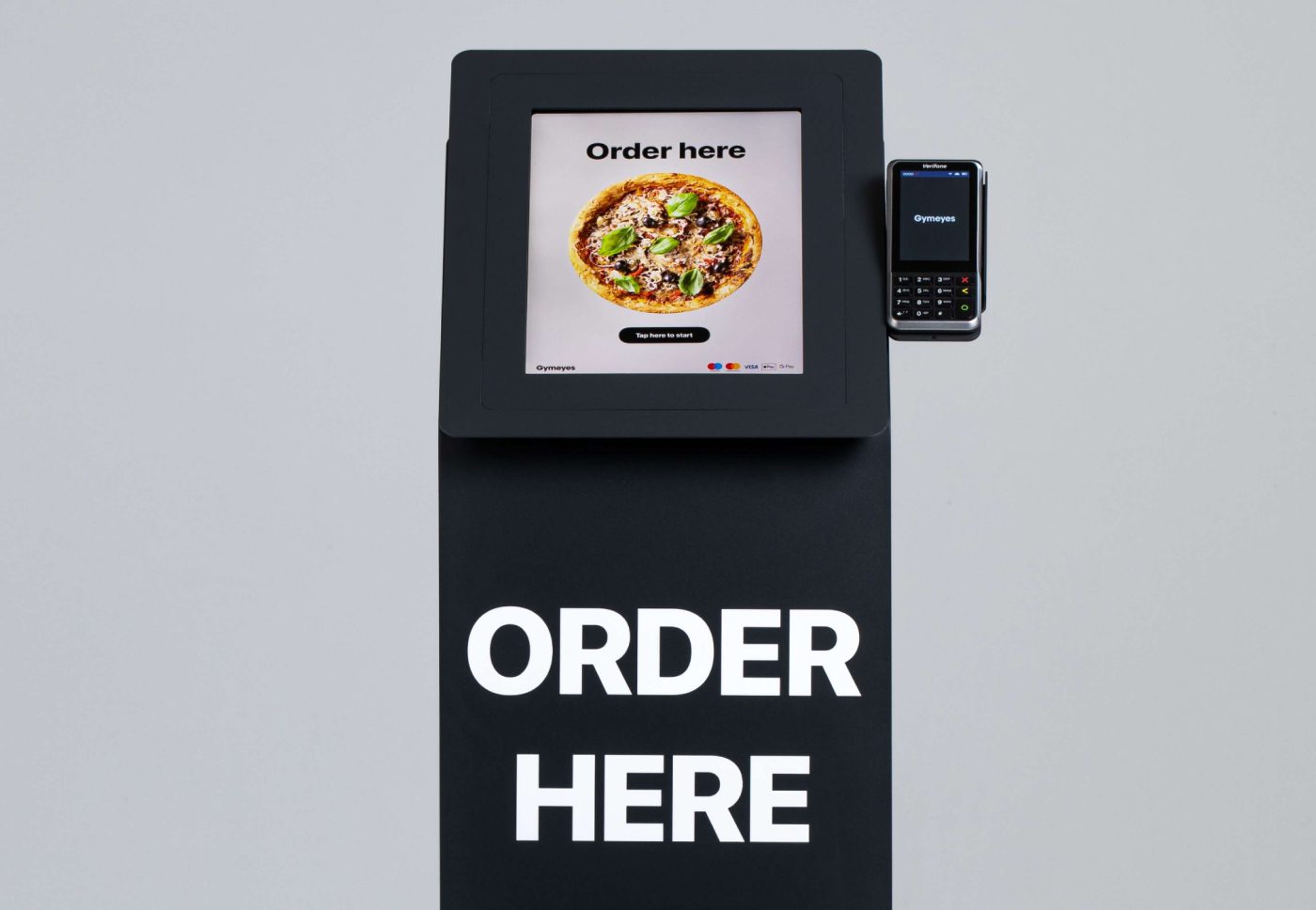Search engine giant Google famously switched the shade of blue used on advertising links in Gmail and Google search. It tested the impact of as many as 42 shades of blue for the hyperlinks. The reason was to find out – which one did people clicked on the most. Reportedly, the company earned an extra $200 million a year in revenue as a result.
This is the perfect example of user research.
The best UX designs are driven by in-depth user research.
The reason is simple. It helps users uncover detailed insights about the users and their priorities. Also, it is one of the key attributes required to create a product or service that people love to use.
To begin with, user research sets the foundation for a design strategy. The data from the research is tied to the strategy and design decisions. Moreover, it helps designers identify early adopters for a product or service.
User research is a constant journey as customer needs and priorities constantly change with time, and with thorough research at the beginning of the project, it becomes easier to keep up with the changes or iterate a product or a service.
What do UX researchers do?
UX researchers address challenging questions in design. They study target users and their requirements, use varied methods to discover problems and design opportunities. The process helps them find out valuable information that can be used in the design process.

What is the difference between UX Designer and UX Researcher?
UX or User Experience is the experience that a user has while interacting with a product.
UX Design is the process that defines what that experience is going to be.
A UX Designer creates products or services that offer an impressive user experience. And to find out what goes into making that experience, they require User Research.
User research helps UX designers understand the target audience requirements, what motivates them to take a call to action, and so on.
Without detailed research, design teams cannot figure out how to deliver value to their end-users, ultimately leading to the failure of the product or design.
Who is a UX Research Associate?
UX research associates are equivalent to data scientists since they analyze the actual user behavior and use data-driven insights to address the customer needs and remove the guesswork.
Their everyday tasks include:
• Researching buyer personas and investigating buyer behavior
• Leading users throughout the process of proposing and wireframing
• Working with the marketing and product management teams to identify research topics
What are the qualifications and skillsets required for becoming a UX Research Associate?
• User-Centered Design Research
• Persona Creation
• Critical thinking
• Problem-solving
• UX/Design Thinking
• UX Mapping
• User Testing
• Soft Skills
• Analytical Skills
It is not necessary for UX researcher associates to have a design background. Many of them belong to diverse backgrounds, including marketing, communications, technology, sociology, and psychology. However, understanding human behavior and technology use are two vital skills.
Apart from this, they must be skilled at various research methods with the knack to learn other methods outside of their key expertise areas.
How to prepare for a career as a UX research associate?
To become a successful UX research associate, you will need to focus on the core of the design-thinking process – empathy.
Empathy helps you step into the shoes of your users and understand their needs and goals. Next up, you need to understand the problem or the challenge and apply various methods and approaches to find out how to solve them.
It is also vital for you to gather insights by listening, observing, and asking the right questions for actionable ideas. Once this is done, the obvious step is to gather and communicate the findings to the team and key stakeholders.
Let’s look at the responsibilities of a UX research associate in detail:
Planning and recruitment
• Create a 360-degree research plan with clear research objectives
• Draft usability research screeners and discussion guides
• Shortlist targeted end-users for the research studies
Collection of Data
• Face-to-face interviews by asking specific questions
• Moderate the basic usability sessions
• Develop and implement quantitative surveys to take the users’ thoughts on a product
• Take interviews of stakeholders and clients
Data Analysis
• Derive insights about the user behaviors from various tools
• Translate the different user insights into actionable recommendations for the product team
Insight Presentation
• Create personas, journey maps, etc. to communicate the insights
• Present the design research findings to the team
Strategy
• Work in close quarters with the product team to identify the research objectives
• Create and implement a complete research strategy
The Next Step
Practice Observation – UX researcher associates observe people interacting with the product and check for non-verbal cues to understand what a person thinks of a product. Do they find it easy to use? Is their behavior reflecting what the UX designers implied they would do?
Understand Mental Models – As a UX research associate, you will be required to understand what constitutes consumers’ mental model (what the users know about a system such as a website) and subsequently align the product’s design with it.
Analyze – Analysis is a significant aspect of being a UX researcher associate. You not only need to observe and understand how consumers behave but also analyze the findings thoroughly. For instance, you will need to identify patterns and trends and share them with the UX design teams.
Additional Steps
• Collaborate and communicate to stakeholders who are not the researchers
• Gain industry experience by participating in an industry research internship program
• Land an industry research job immediately after graduate school
• Get involved with the research projects in your company
• Conduct your applied research project
Conclusion
Being a UX research associate comes with its set of opportunities and challenges. Nevertheless, it is a lucrative career option, provided that you are keen on exploring the nuances. With tons of materials already existing on foundational methods, tools, techniques, and more, this might be the best time to become one!
. . .





Share